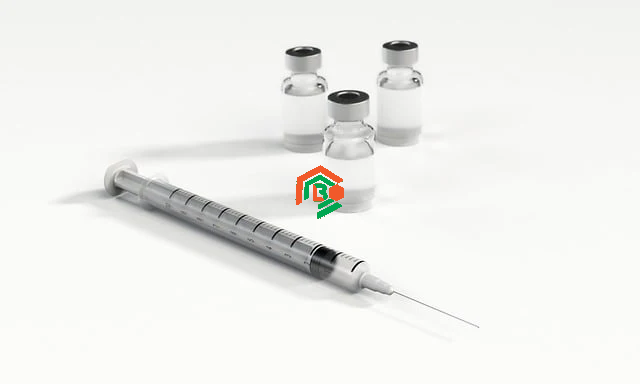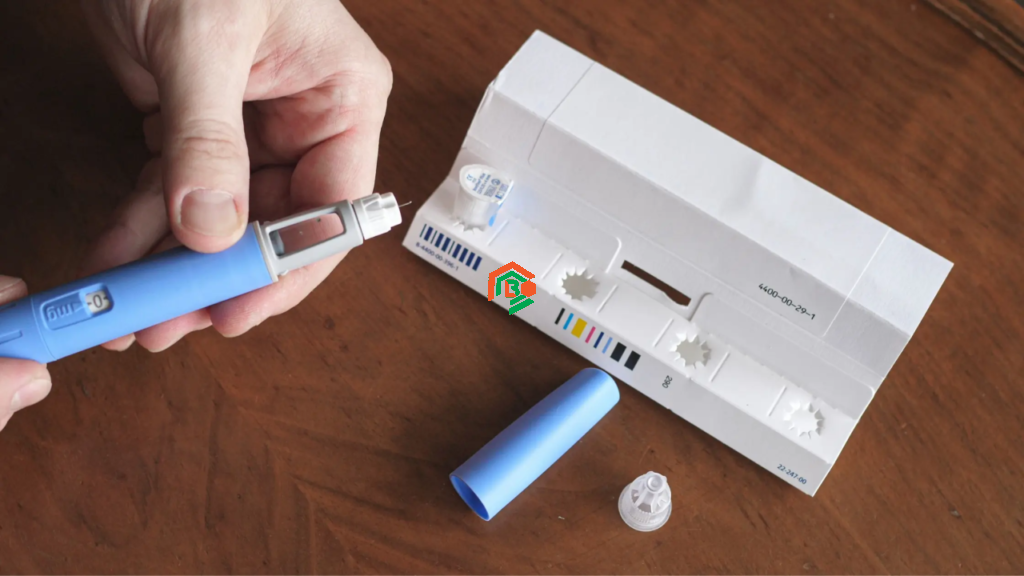If you’ve ever looked at a medicine label and wondered, “How many units is 2.5 mg?”, you’re not alone. This is a common question people ask when trying to understand the right dose of medication—especially when units and milligrams (mg) are both used. While 2.5 mg seems simple, the answer depends on the medicine you’re using. This guide will explain everything clearly and in detail—no science degree required!
What Does 2.5 mg Mean in Units?
To start with, 2.5 mg stands for 2.5 milligrams, a metric unit of weight. It tells us how much of the actual chemical (or drug) is in the dose. But here’s the tricky part: milligrams and units are not the same thing. A unit (U) doesn’t measure weight—it measures the effect or activity of a drug in the body. That’s why you can’t simply say “2.5 mg equals X units” unless you know what drug you’re talking about.
For example, 2.5 mg of insulin is not the same as 2.5 mg of vitamin D. Even different types of the same drug can have different conversions. So before you can answer the question, “How many units is 2.5 mg?”, you need to know which medicine you’re talking about.
Is 2.5 mg the Same for All Medicines?
No, 2.5 mg is not the same for all medications. That’s one of the most important things to understand. Each drug has a different strength and potency, which means the effect of 2.5 mg can vary widely depending on the substance.
For instance:
- 2.5 mg of insulin may equal 25 units, depending on the type (like U-100).
- 2.5 mg of folic acid is just a vitamin dose and not measured in units at all.
- 2.5 mg of epinephrine might be too strong—it’s usually measured in micrograms or units.
Some medicines are measured by their biological activity, not by weight. That’s where units come in. So remember: milligrams (mg) are not equal to units (U) unless you know the exact medication and the conversion rate.
Why Do Doctors Use Units Instead of mg?
Doctors sometimes use units instead of milligrams for very specific reasons. It might seem confusing, but there’s a logic behind it.

Medicine Strength vs. Weight
Some medications don’t work based purely on how much they weigh. Instead, they work based on their biological effect. For example, 1 unit of insulin is defined by how much it lowers blood sugar. Two types of insulin may weigh the same in mg, but one might be stronger. That’s why units are more useful in these cases.
Units Help Avoid Overdose
Using units also helps prevent overdoses—especially with powerful medicines like insulin, heparin, or growth hormones. These medicines can have very strong effects, and a small mistake in mg might lead to serious side effects. Units let doctors and nurses dose things more accurately based on what your body needs, not just the weight of the drug.
Always Ask Before Taking Medicine
It’s super important to ask your doctor or pharmacist if you’re confused about dosage. You should never try to convert mg to units on your own without knowing the exact medicine and its formula. A small mistake could have a big impact. When in doubt, always ask!
How to Convert 2.5 mg to Units?
So here comes the big question: how do you convert 2.5 mg to units?
The answer is: It depends on the specific medication. There’s no universal formula for converting mg to units, because units measure activity, not weight. You’ll need to know:
- The type of drug
- The formulation or concentration
- The unit definition for that drug
For example:
- Insulin U-100 means 100 units of insulin per 1 mL. So if you have 2.5 mg of insulin, and the type is U-100, that might equal 25 units—but it depends on the brand and type.
- For vitamin D, 1 unit equals 0.025 micrograms. So you’d need to convert 2.5 mg into micrograms (2.5 mg = 2500 mcg), then divide.
Always remember: The conversion is different for each medication. The label or prescription will usually tell you the conversion rate, or your pharmacist can help.
Real-Life Example with Insulin
Let’s take a real-life example with insulin, which is one of the most common drugs that uses units instead of mg.
Most insulin is available in a U-100 concentration, which means there are 100 units per 1 milliliter (mL) of liquid. Let’s say you want to find out how many units are in 2.5 mg of insulin. Here’s how it might break down:
- First, check the specific insulin type—is it U-100, U-200, U-300?
- Then, find out the mg-to-unit ratio from the product label or your pharmacist.
- For some fast-acting insulins, 1 mg may be roughly 10 units. So 2.5 mg would be about 25 units.
Again, these are approximations and should not replace medical advice. But they help show how the conversion might work in everyday situations.
Common Medications That Use Units
Let’s look at a few examples of common medications that are measured in units instead of mg. Understanding these will help you avoid confusion and use your prescriptions correctly.

Insulin Conversion Tip
Insulin is the most popular medication where people ask, “How many units is 2.5 mg?” Since it controls blood sugar, even small changes in dose matter. Always check your insulin concentration (U-100, U-200, U-300) before calculating.
- U-100 insulin: 100 units/mL
- U-200 insulin: 200 units/mL (twice as strong)
- U-300 insulin: 300 units/mL (three times as strong)
If you’re using a pen or syringe, follow the units, not the mg, to avoid mistakes.
Vitamin D Confusion
Vitamin D is another tricky one. It’s usually measured in International Units (IU). Here’s a simple formula:
- 1 microgram of vitamin D = 40 IU
- So, 2.5 mg = 2500 mcg → 2500 mcg × 40 = 100,000 IU
That’s a huge dose—way more than a typical daily supplement. Always talk to a healthcare provider before taking high-dose vitamin D.
How to Read Your Prescription
Prescriptions often show both mg and units—especially for complex drugs. You might see:
- “Inject 25 units subcutaneously daily”
- or “Inject 2.5 mg (25 units) once a day”
Always double-check with your pharmacist to understand the exact meaning. Don’t guess!
What Happens If You Take Too Much or Too Little?
Taking the wrong dose—whether too much or too little—can be dangerous. If you take too little, the medicine might not work. But if you take too much, you could have side effects or even an emergency. For insulin, too much can lead to low blood sugar (hypoglycemia). For vitamin D, high doses over time can cause kidney problems or calcium buildup.
That’s why it’s critical to understand your dose and stick to the instructions. Never switch between mg and units without knowing the correct conversion.
The Bottom Line
To wrap it all up: “How many units is 2.5 mg?” is not a simple question with one answer. It depends entirely on the drug you’re taking. Milligrams measure weight; units measure effect. Different drugs use different unit systems, and some don’t use units at all.
Here’s what to remember:
- Always know the drug you’re talking about.
- Check the label or prescription carefully.
- Ask a doctor or pharmacist before converting mg to units.
- Never guess a dosage.
Whether it’s insulin, vitamin D, or another medication, dosing mistakes can be harmful. This guide should help you feel more confident reading medication labels and understanding what 2.5 mg really means in your case.


